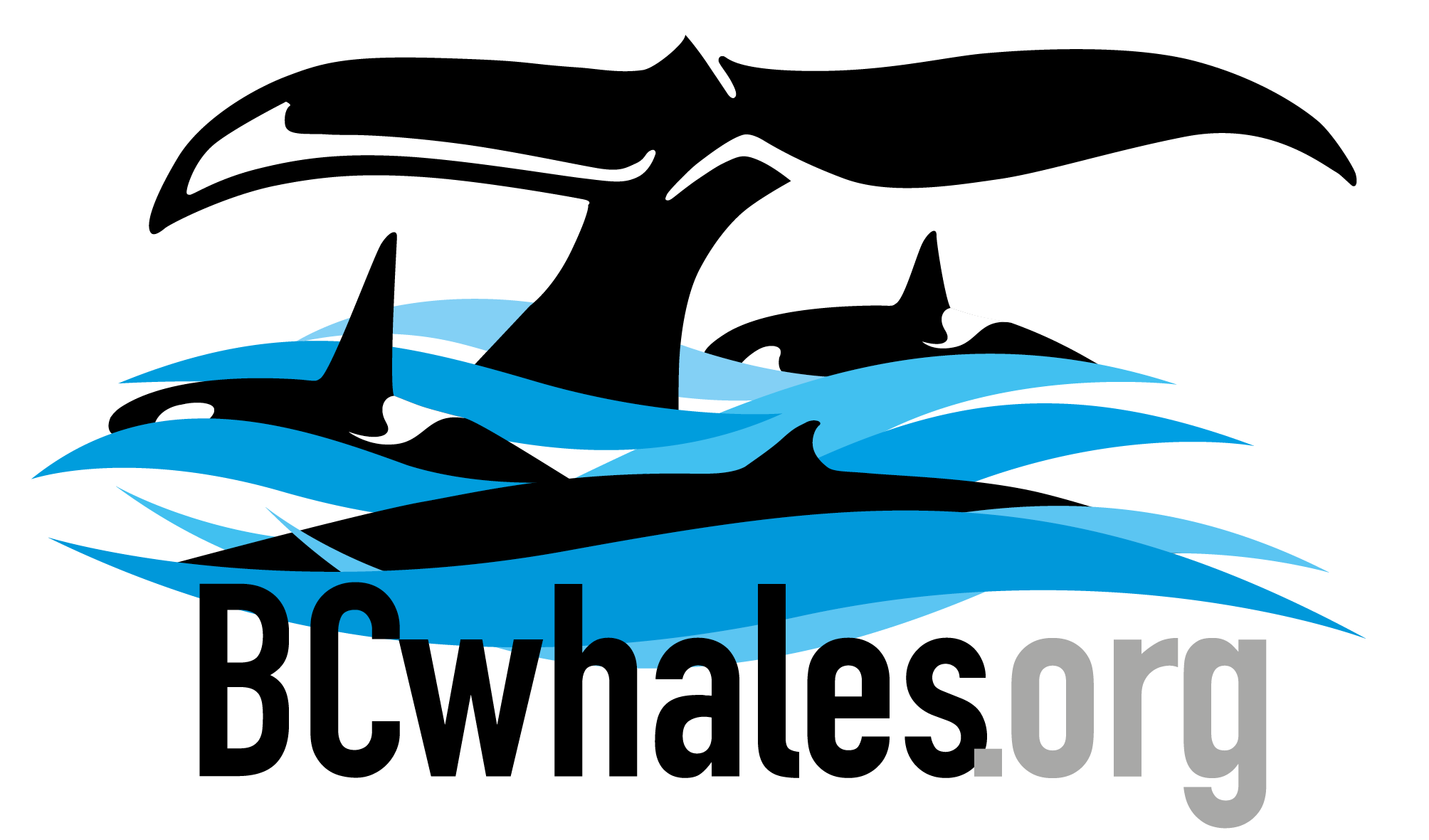BC Hydrophone Network | Drone Projects | Land Based Surveys | Coastal Marine Surveys
BC Hydrophone Network
If you truly want to understand the world that whales live in, you need to listen. That is why hydrophone technology has become one of the most important tools we can use to research the communication and habitat use of whales worldwide.
A hydrophone is an extremely sensitive underwater microphone that connects us to the underwater world of whales. Hydrophone installations are not an easy task especially in the remote areas that are essential to most projects. You need to find a location that is safe for the hydrophone, which is connected to an 80-pound (36 kg) cement block and secured by qualified divers 60 to 100 feet (20 to 30 metres) deep. It needs to be close enough to shore to enable us to connect the hydrophone to a cable that will follow the intertidal zone to shore and then connect to a land-based transmitter that is powered by solar panels and a battery bank. These are a lot of pieces that need to connect properly and be powered completely off-grid on rocky shorelines where it rains most of the time!
In 2018 we reached out to several well-known organizations that have many years of experience with this type of research and proposed a project that would have us working together to better protect whale habitat. This is now called “The Network” and is a collaboration between the North Coast Cetacean Society (BC Whales), the Pacific Orca Society (OrcaLab) and the Saturna Island Marine Research & Education Society (SIMRES), each of which operates its own system of hydrophones and research labs on the north, central and south coasts of British Columbia, Canada.
Each organization carries the shared vision of habitat protection for whales at risk of losing their pristine coastal habitats, as well as focusing on data collection to support recovery plans for each species. The purpose of the Network is to enable our organizations to build, maintain and contribute to a shared, coast-wide information system. This would create the ability to collect acoustic and visual data on whale activity using consistent standards and protocols, via professionally maintained and consistently calibrated equipment. High quality, comparable ocean acoustic datasets gathered by all Network members will be archived using one server to preserve its long-term integrity and made searchable and available to all researchers and students for scientific, stewardship and/or educational purposes. This ocean acoustic database will enable the comparison of vessel traffic impact on whales in areas that differ environmentally and acoustically. The collaboration between Network partners will enable scientists to quantify how the ocean soundscape is changing. To accomplish this, whale acoustic data from hydrophones and land-based visual surveys will be available on a central database. As we gain a greater understanding of the impacts of underwater anthropogenic noise on marine life, this hydrophone network will shape and serve society’s economic and ecological goals of protecting the ocean environment. The Network also exemplifies our ability to work together to accomplish critical environmental goals, demonstrating the importance of teamwork in the pursuit of long-lasting positive change.

